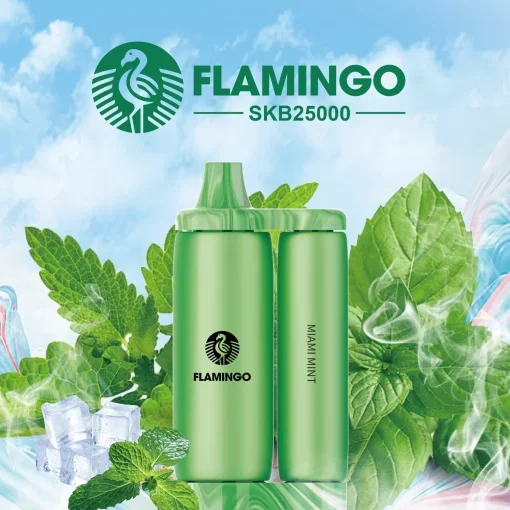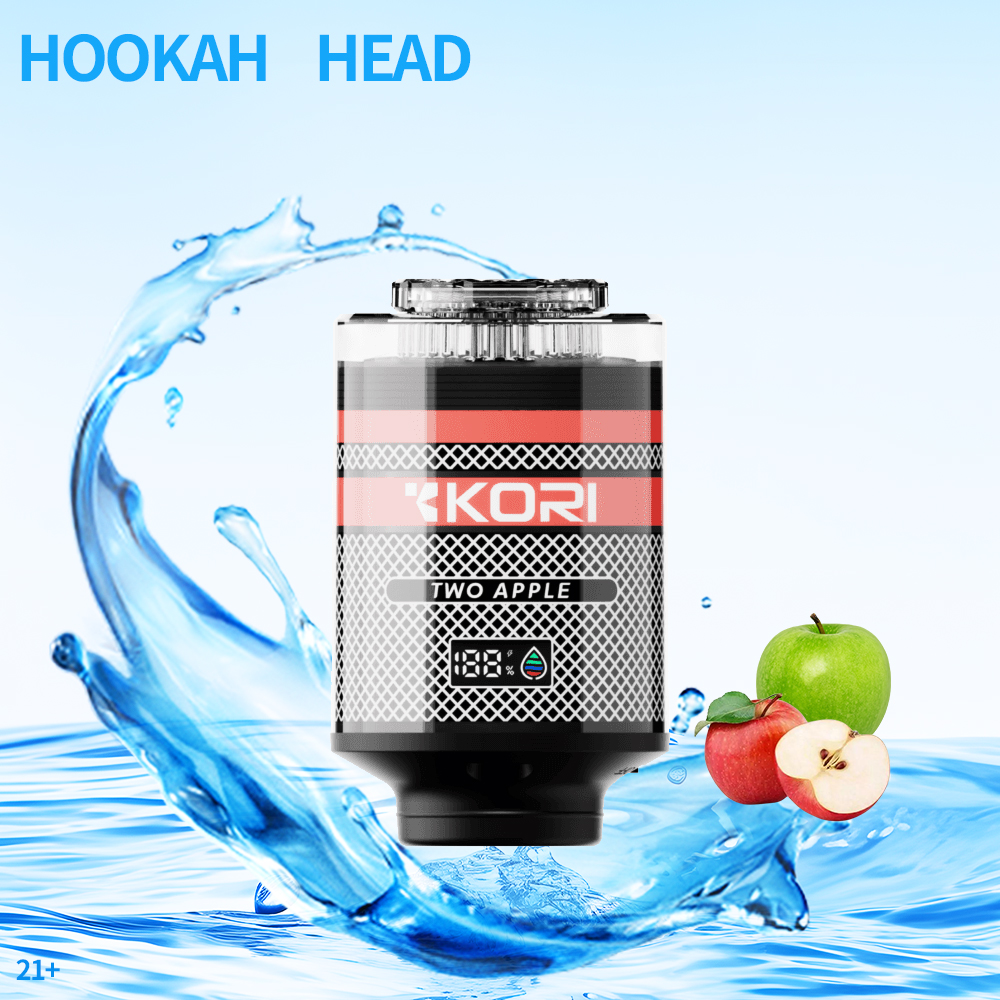The Rise of Nicotine Vapes: Understanding Their Popularity and Impacts
In recent years, the landscape of smoking and nicotine consumption has drastically changed with the advent of nicotine vapes. Once considered a niche market, vaping has burgeoned into a multi-billion dollar industry, attracting users from diverse demographics. This article delves into the reasons behind the popularity of nicotine vapes, the implications for public health, and the future of vaping culture.
Understanding Vaping: What is it?
Vaping involves the inhalation of vapor created by an electronic cigarette or other vaping devices. Unlike traditional cigarettes, which burn tobacco to create smoke, vapes use a battery-powered heating element to vaporize a liquid, typically composed of propylene glycol, vegetable glycerin, flavorings, and, in many cases, nicotine. This core difference is pivotal in understanding why many individuals favor vaping over smoking.
Reasons Behind the Popularity of Vaping
1. Perceived Safety
One of the prominent reasons people gravitate towards nicotine vapes is the perception that they are a safer alternative to traditional smoking. Many users are led to believe that vaping greatly reduces the health risks associated with cigarette smoking, such as lung cancer, heart disease, and many other ailments. While studies are still ongoing to evaluate the long-term health impacts of vaping, the absence of tar and numerous harmful chemicals found in conventional cigarettes makes vaping appear less harmful to many.
2. Flavor Variety
The vaping industry offers an extensive array of flavors, from fruity options like watermelon and strawberry to classic tobacco and menthol. This variety appeals not only to smokers who seek alternatives but also to non-smokers curious about unique flavors. The vast selection makes the vaping experience customizable, catering to individual tastes and preferences.
3. Social Acceptance
As vaping continues to rise in popularity, it has also gained social acceptance among peers and within various communities. Many people view vaping as a trend, leading to social gatherings centered around vape culture, where individuals can share experiences, tips, and even clouds of vapor. This social aspect further fosters the appeal of vaping, particularly among younger audiences.
4. Convenience and Discretion
Unlike traditional cigarettes, which require matches or lighters and produce lingering smells, vaping offers a more discreet way to consume nicotine. Vaping devices can easily fit in a pocket or purse, making them convenient for use in various settings, including public places. Moreover, the vapor dissipates quickly and generally leaves no residue, making it more socially acceptable.
Health Implications of Vaping
Although many users view vaping as a safe alternative to smoking, it's essential to recognize the health implications associated with this habit. The inhalation of vapor, even without the combustion of tobacco, can still introduce harmful substances into the lungs. Research has identified risks such as:
1. Lung Damage
Vaping has been associated with lung-related illnesses, and evidence is accumulating that suggests the inhalation of certain chemicals used in vape juices could be harmful. Conditions like 'vaping-associated lung injury' have gained attention in medical circles, prompting further investigation into the safety of these products.
2. Addiction Potential
Nicotine is a highly addictive substance. With many vaping products containing substantial nicotine levels, users may be at risk of developing a dependency. This addiction can lead to a cycle of increased consumption, further complicating attempts to quit. Additionally, flavored products can attract younger individuals, leading to an increased likelihood of nicotine addiction.
3. Effects on Mental Health
There is a growing body of research suggesting that nicotine consumption can affect mental health. Some studies indicate that nicotine may exacerbate conditions like anxiety or depression, particularly among young adults and developing brains. As mental health issues are increasingly discussed, the relationship between vaping and mental health must not be overlooked.
The Future of Vaping
As the vaping industry evolves, ongoing research into its health impacts and societal perceptions will shape its future. Regulatory changes could emerge as governments strive to balance the concerns of public health advocates and the interests of the vaping industry. Furthermore, advancements in technology may lead to the development of safer vaping devices and liquids, potentially improving the vaping experience while addressing health risks.
1. Regulatory Landscape
Many countries have begun implementing regulations governing the sale and marketing of vape products, particularly in relation to age restrictions and flavoring bans aimed at reducing youth initiation. The landscape is likely to continue evolving as more is understood about the health consequences of vaping and as public opinion shifts.
2. Sustainable Practices
Environmental concerns surrounding disposable vaping devices and e-liquids are also emerging. As awareness grows, the industry may increasingly adopt sustainable practices, such as recycling programs for vape devices and reducing waste linked to manufacturing and disposal.
3. The Role of Education
Education will be crucial in shaping the future of vaping. Informing users about the potential risks and benefits could lead to more responsible vaping practices. Public health campaigns are essential in providing clear, evidence-based information to counter misinformation that may lead to increased usage among vulnerable populations.
Trends in Vaping Culture
The culture surrounding vaping is dynamic and continuously changing. Social media, for instance, plays a significant role in shaping vaping trends, with influencers actively promoting various brands and products. This digital age enables rapid dissemination of information, making it easier for users to discover new flavors, devices, and community events.
As new generations enter the market, trends may shift toward more sophisticated devices and an emphasis on personalization. Customizable vape devices, which allow users to modify settings like temperature and airflow, are becoming increasingly popular. This level of personalization caters to a more tech-savvy consumer base that values uniqueness and innovation.
Final Thoughts
Vaping remains a complex and multifaceted aspect of modern nicotine consumption. With roots in both positive experiences and potential health risks, understanding the implications of the rising popularity of nicotine vapes is essential. As the industry grows and evolves, keeping informed and engaging in responsible practices will be vital for users navigating this new landscape.





